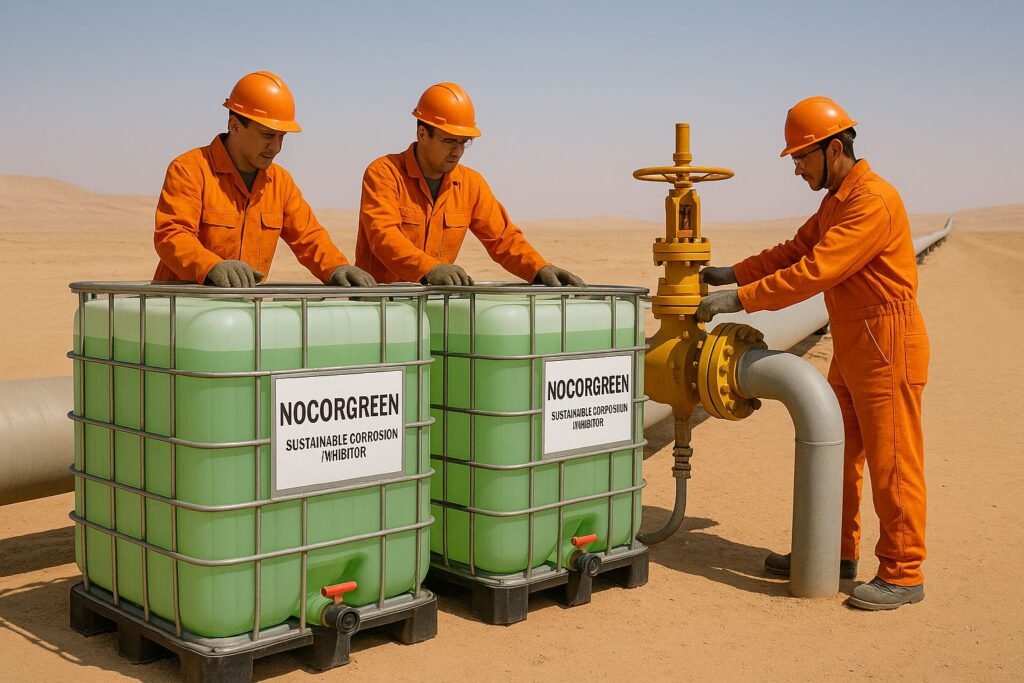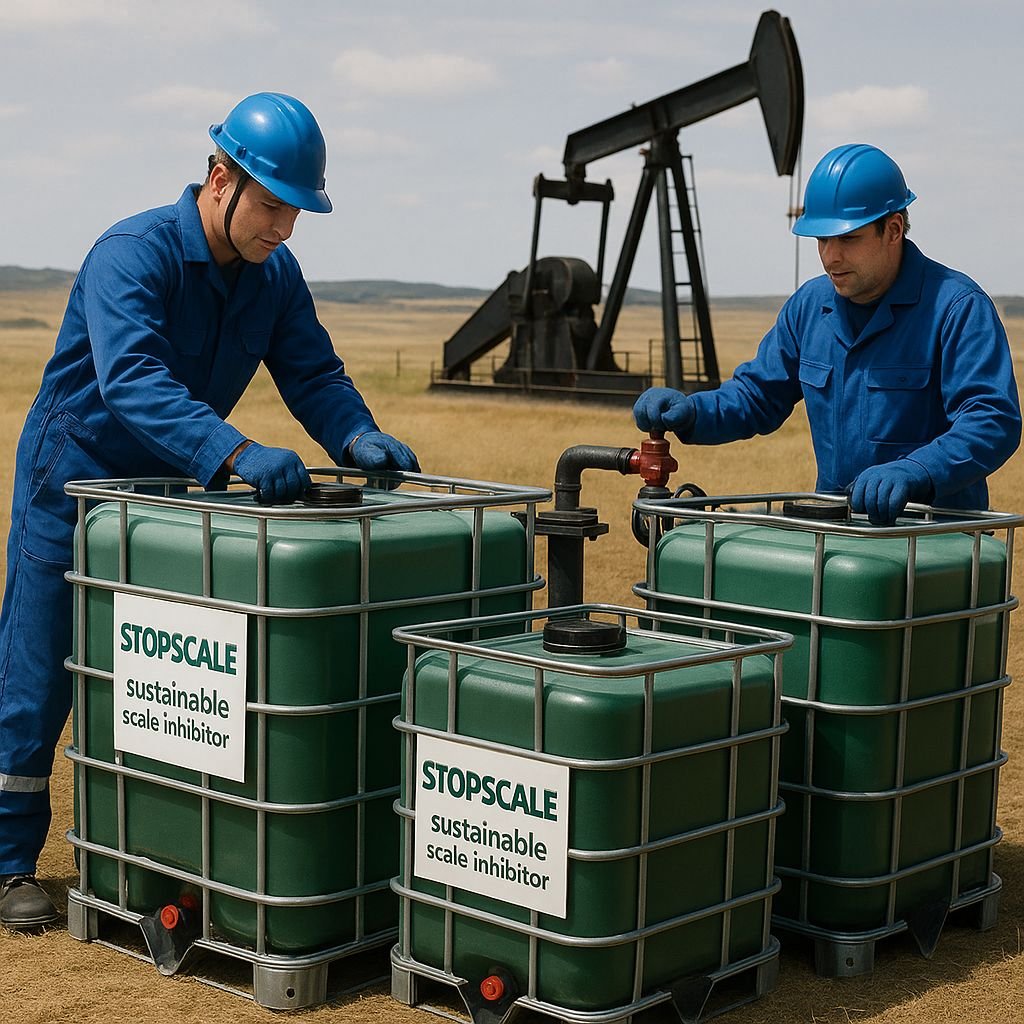Integration of Green Chemistry in Central Processing Facilities (CPFs).
As the oil and gas industry evolves to meet more stringent environmental standards and global decarbonization goals, the role of Central Processing Facilities (CPFs) is also shifting.
Beyond their foundational function in multiphase fluid treatment, CPFs are increasingly serving as platforms for integrating green chemical technologies that reduce environmental impact while maintaining or enhancing process efficiency and safety.
🧪 Incorporating Green Chemistry into CPF Operations
Green chemicals—engineered to minimize toxicity, persistency, and bioaccumulation—are now being adopted across CPF workflows. Their application supports both regulatory compliance and ESG (Environmental, Social, and Governance) targets.
🔹 1. Flow Assurance and Hydrate Control
- Conventional Practice: Thermodynamic inhibitors like methanol and monoethylene glycol (MEG) are used extensively, albeit with high regeneration energy demand and environmental concerns.
- Sustainable Approach: Adoption of low-dosage hydrate inhibitors (LDHIs), such as kinetic hydrate inhibitors (KHIs) and anti-agglomerates (AAs), derived from biodegradable and less toxic polymers.
- Example: Polyvinylcaprolactam-based KHIs with reduced aquatic toxicity and biodegradation profiles in line with OECD 301 guidelines.
🔹 2. Corrosion Inhibition
- Traditional Inhibitors: Amine- or imidazoline-based formulations can carry aquatic toxicity or VOC liabilities.
- Green Alternatives: Plant-extract-based inhibitors (e.g., tannins, alkaloids, and flavonoids) and green phosphonates, which offer excellent passivation without heavy metals.
- These can be deployed via continuous or batch injection at tie-in points to upstream pipelines or CPF inlet headers.

🔹 3. Demulsification and Oil-Water Separation
- Replacement of conventional surfactants with readily biodegradable, non-EO-based demulsifiers that meet OCNS Gold or Yellow rating under the UK’s CHARM model.
- These chemicals optimize residence time in electrostatic treaters and reduce oil-in-water carryover to produced water systems.
🔹 4. Scale Inhibition
- Introduction of environmentally benign threshold inhibitors such as plant-based options, polymeric phosphonates or carboxylate-based blends that minimize bioaccumulation and persistency.
- Selection based on compatibility with reverse osmosis (RO) units in water reuse systems, where applicable.

♻️ Process Design Integration for Sustainable Chemistry
Green chemical strategies must be supported by process design elements:
- Chemical Injection Skids: Modular, automated skids for precise dosing and optimization of green chemical performance across variable flow regimes.
- Compatibility Modeling: Use of thermodynamic and kinetic modeling tools (e.g., PVTsim, OLGA, Multiflash) to predict performance of bio-based formulations under dynamic CPF conditions.
- Closed Loop Systems: For recyclable chemicals such as green glycols, integration of high-efficiency regeneration systems to minimize waste streams and flare loads.
📈 Performance and Compliance Benefits
Incorporating green chemicals translates into tangible benefits:
| Category | Impact |
|---|---|
| HSSE Compliance | Reduced exposure risk to operators and lower LTIR/Total Recordable Incident Rate |
| Environmental | Decreased chemical discharge, improved biodegradation metrics |
| Operational | Comparable or improved performance in corrosion/scale/hydrate control |
| Regulatory | Alignment with REACH, OSPAR, and ISO 14001 requirements |
| Economics | Long-term cost efficiencies via dose reduction and lower remediation costs |
🧭 Toward Net-Zero Operations
As part of a broader carbon management strategy, green chemical use in CPFs supports:
- Flare minimization through efficient separation and conditioning
- Water reuse optimization with low-toxicity scale and emulsion management agents
- Well integrity preservation, delaying major maintenance and asset downtime
Plant Based Solutions
At Aloetrade America, we offer plant based solutions -made with aloe and other natural extracts- to be used in the oil & gas industry.
All products are made with renewable resources. Biodegradable solutions. Non toxic products. No harmful products. Green and sustainable products. All these products are used and validated by the oil and gas industry. These green and sustainable products are environmentally friendly solutions for CPFs.
Or contact to us.
